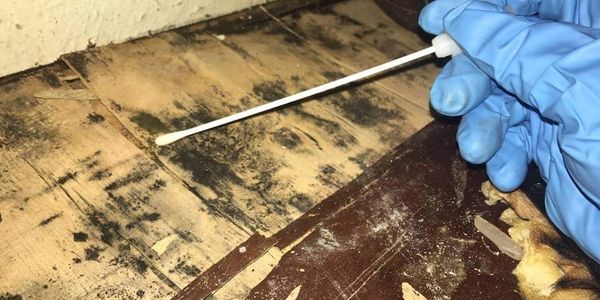Signed in as:
filler@godaddy.com
Signed in as:
filler@godaddy.com

A mold inspection is a visual examination of a home for signs of mold and areas that may be prone to future growth. Inspectors also use specialized equipment to detect moisture levels and hidden mold sources. The inspection may include:
The inspector will look for visible mold growth on walls, ceilings, floors, and other areas that are susceptible to mold. They may also ask about areas where there has been water damage or moisture problems in the past.
These tools can help determine if an area is wet, especially after remediation.
Also known as thermal imaging cameras, these can detect damp and wet areas non-invasively, especially where visual inspection is not possible.
Inspectors may also use borescopes to visualize mold growth inside plumbing pipes and structural elements, and rotameters to measure air flow rate. They may also use swabs and collection devices to ensure samples are not tampered with.
These may be used if surface-based mold is not present, as different removal options are required for air-based spores.
If mold is found, the inspector will swab it and perform a test to determine the type of mold and its toxicity level.
The inspector will compile their findings into a report that includes recommendations and guidance on what to do next.
Copyright © 2024 Professional Contract Services - All Rights Reserved.
910-540-1269
We use cookies to analyze website traffic and optimize your website experience. By accepting our use of cookies, your data will be aggregated with all other user data.